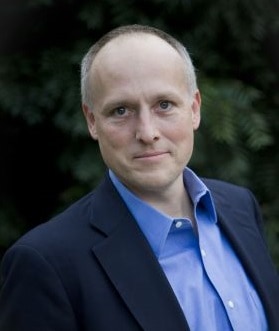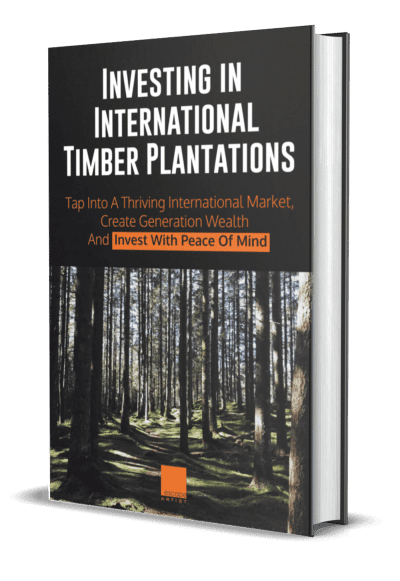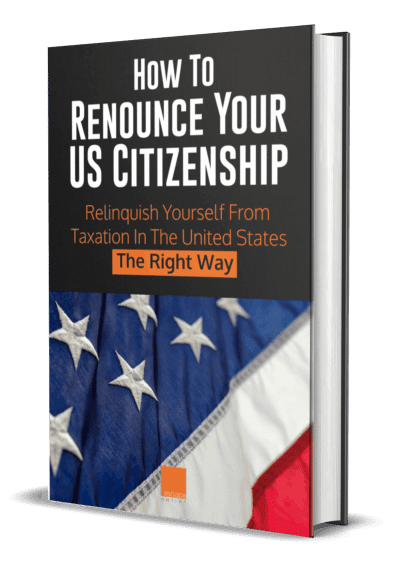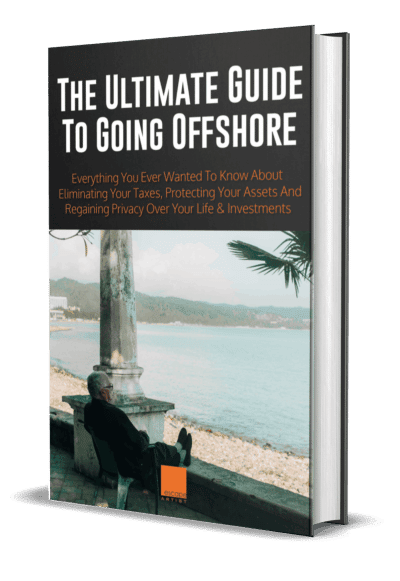| This is a consolidation of an article detailing the Cobb family’s Nicaragua adventure along the Rio Coco and the Honduran border for 7 days in 2003. This Nicaragua, the one described in the article below, is probably the image many people have when they picture the country – poor, underdeveloped, and in need of aid. This vision is what inspires NGOs and mission groups to come to the Nicaragua to help. The need is real, very real. Let me assure you.
However, this is like seeing Nicaragua through a straw. It is only a glimpse of a complex country with many, many facets, some of which are dynamic and exciting like the strong year over year growth of the economy and an emerging middle class. In upcoming articles I will share a multitude of success stories of the country and ways you can participate in the economic growth. If you are an accredited investor, and want a sneak preview of an opportunity to own a fixed return bond for infrastructure, let me know. But first, a glimpse at one way people live in Nicaragua, off the beaten path in the middle of the jungle. The location of our trip was remote to say the least. Our first stop was along the river, 7 hours downstream. As many of you know, I like “time machine” analogies – and for me, this was like going back to the Stone Age. The Stone Age with a little bit of plastic thrown in. Let me start at the beginning. We’d been in Nicaragua for exactly one year when we were invited to participate in a medical fact-finding mission. The trip was scheduled for the week before Thanksgiving and was organized by the Organization of American States (OAS), the Ministry of Health (MINSA), and a group of nurses and administrators from Duquesne University led by Dr. Carl Ross, now at Robert Morris University. There were 13 of us, not including the OAS folks. The trip was an incredible experience and difficult to describe in words. Pictures are included, but even they don’t do justice to the other world we visited.
 We drove from Managua for about 6 hours to the very north of the country to get to the Rio Coco, a river that, much of which, borders Honduras. Most of the river is an isolated place, only accessible by boat or helicopter once you leave the town of Wiwili at road’s end. Much of the civil war in the 80s took place along this river, since the Contras were hiding out in Honduras and making raids into Nicaragua. The area is still in the process of being de-mined. It is also one of the areas that was hardest hit by Hurricane Mitch in 1998. The flooding was devastating to the communities along the river. Very few North Americans have ever been to this part of Nicaragua. We asked the chief in the major village of Amak how many Caucasians he saw each year. He said, “One in the past year.” Wow. We estimated the number of North Americans who may have visited the region and the number was significantly less than the number of folks that have climbed Mount Everest. Basically, we were in the middle of nowhere (based on my knowledge of somewhere.) We departed Managua in rugged 4WD vehicles for the long rough drive to the end of the road at the banks of the Rio Coco. The pavement ended shortly after Jinotega, and we spent another bone rattling 4 hours covering the last 45 miles to the Wiwili and the launch point into the Rio Coco. We spent the night in Wiwili in an OAS facility – then bright and early the next morning, we climbed aboard our watercraft.   The boats are 40-45 feet long, 2 feet wide, and about 2 feet deep. Basically they were long canoes with an outboard motor in the back and a place for a man with a pole to stand in the front. They had been upgraded to “luxury models” for us gringos by placing plastic lawn chairs in as seats with the legs cut off halfway. This put the center of gravity below the rim of the boat, thank goodness. Perfect for the river’s rapids that we were about to run. Amanda was ready, outfitted in a life preserver we bought in the States. The rest of us strapped into regular preservers and we shoved off. Everything we needed we took with us, as this was the last civilization we would see for the next week. That might be a bit strong, but the villages we visited and stayed in bore little semblance to civilization, as we commonly know it. 
 The first day we traveled for 7 hours down river. The Rio Coco became the border with Honduras at a town called Wamban, about 3 hours into our day. The mark of humans was initially visible on both sides of the river, with hills clear-cut of trees for cattle grazing. Cutting and burning for pasture and farmland is one practice that exacerbates the flooding during heavy rains. We passed evidence of land and mudslides along the river in many places. But if you are tied to the land in a subsistence manner, the choice between starvation or burning the land is simple to make. Over a few hours, the number of settlements decreased and the distance between homes gradually stretched out until there were sections of river for several miles without any trace of human life, save for the cows and occasional path along the shore. As we entered the Bosawas Reserve, home to over 3% of the world’s biodiversity, almost all traces of human activity disappeared. Deeper into the Bosawas, we passed through the shadows of tall, sheer-faced ridges and virgin forests as far as the eye could see. Small settlements were scattered here and there, and we stopped and visited a village called Yakal Panini. It was the first of the survey stops. Yakal Panini consists of maybe 100 homes on stilts, made from rough sawn logs and thatch roofs. This is the rainforest, and the mud in the village is everywhere. Pigs, cows, dogs, cats, chickens, and humans all sharing the same 5 muddy acres. It’s shocking, but one tries to keep the best poker face possible.  We met the local doctor who serves a population of over 2000 people in the village, but mostly surrounding areas. He expressed his operational difficulties, citing everything from the sanitary conditions to lack of medicines. But in the final analysis, the doctor stated that his most important need is, get this, a mule. Yes, indeed. The doctor needed a low-tech, non-medical, mule to carry him to the remote villages away from the river, high up and through the surrounding mountains to see patients. Then, if needed, the mule could carry a sick patient back to the river for transport back to Wiwili for care or further transport to a hospital. It was the simplicity of the request that was most striking. A mule was added to the list of things to obtain for the doctors in these remote outposts. We never would have guessed that, which is why we asked. We didn’t know what we didn’t know.
Here is part 2 of my adventure, I hope you enjoy the read: Nicaragua: Another World Within Our Own.. Part 2 |
 Michael K. Cobb is the CEO and co-founder of ECI Developments which has properties throughout Latin America. He speaks all over the world on international real estate and is a board member of the National Association of Realtors.
Michael K. Cobb is the CEO and co-founder of ECI Developments which has properties throughout Latin America. He speaks all over the world on international real estate and is a board member of the National Association of Realtors.
Like Our Articles?
Then make sure to check out our Bookstore... we have titles packed full of premium offshore intel. Instant Download - Print off for your private library before the government demands we take these down!







